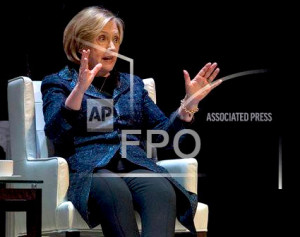Aug. 10, 2015 — Prior to the opening of the special state legislative session convened to re-draw the Florida congressional map, Sunshine State legislative leaders released their initial plan late last week. It is likely that his map will not pass in its current form, but it does provide a good starting point.
The plan radically changes four districts and makes several more competitive, but allows the GOP a chance at maintaining its 17-10 delegation majority.
Three districts are designed to change hands. What the state Supreme Court isolated as the focal point for declaring eight of the 27 districts as legally non-conforming, Tampa Bay’s District 13 — Rep. David Jolly (R) — would become decidedly more Democratic according to the 2012 presidential election result. The addition of St. Petersburg to this seat, as directed by the court, represents a Democratic voter increase of 9.2 percent based upon the previous configuration. With incumbent Jolly now in the Senate race, FL-13 becomes a prime conversion opportunity for Democrats most likely in the person of former Gov. Charlie Crist.


